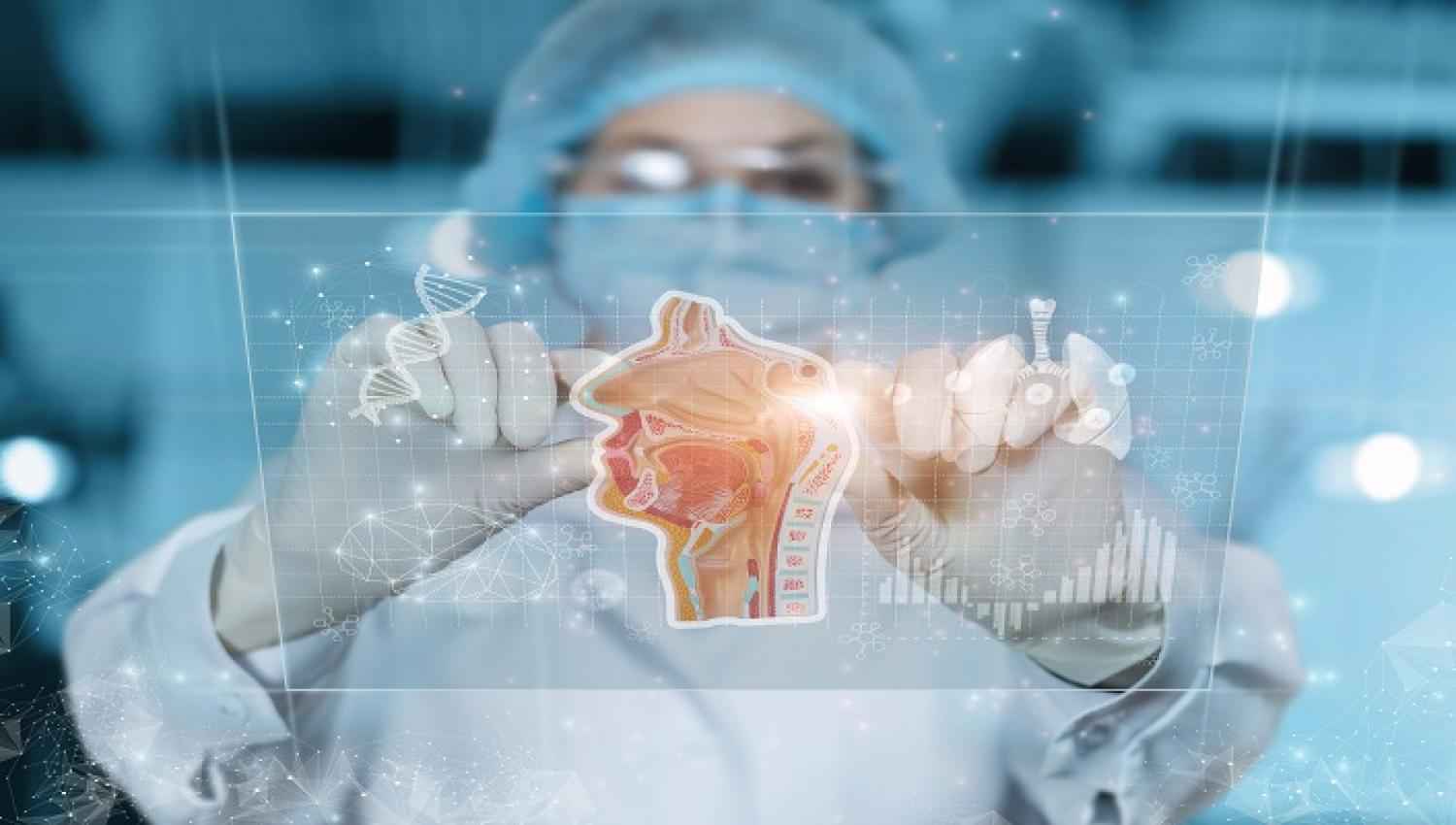Swallowing disorders (dysphagia) cover the problems experienced during the passage of food from the oral cavity to the stomach. These problems can be in the form of delay in the passage of the bite to the stomach, blocking, or escaping to the trachea by following an incorrect path. If the food goes down to the level of the vocal cords, it is called "penetration", if it goes below the vocal cords, it is called "aspiration".
During aspiration, food reaches the lungs. This is an extremely dangerous condition that can lead to loss of life. We can all aspirate what we eat while swallowing from time to time. A healthy person coughs as a reflex and can clear their throat when it escapes into the trachea they are eating. However, people with reduced reflexes, unfortunately, cannot understand what they are aspiring in. This can lead to serious problems.
In people of all age groups, swallowing disorders can occur for neural (neurogenic), mechanical, and psychological reasons and due to muscle diseases (myogenic).
How Do We Swallow?
The first phase is to make food and beverages ready to be chewed, mixed with saliva, and swallowed. The oral phase is the pushing of the created food bite into the back of the mouth and the start of the swallowing response. In the pharyngeal phase, food and beverages are pushed toward the upper esophageal valve. When this cap is opened, food quickly moves from the pharynx to the esophagus.
In the esophageal phase, which is the last phase, food, and beverages pass from the esophagus to the stomach.
What Are the Symptoms of Difficulty Swallowing?
- Long effort and time spent chewing and swallowing
- Coughing or vomiting during or after eating or drinking
- The sound is wet, wheezing during or after eating and drinking
- Flow, spillage, or accumulation of food in the mouth
- Development of inability to breathe or pneumonia after eating
- Weight decreased or dehydration decreased
What Are the Causes of Swallowing Disease?
Progressive neurological diseases such as inappropriate dentures, missing teeth, decreased salivary flow, valve problems at the esophageal or gastric entrance, paralysis, Parkinson's, multiple sclerosis, cerebral palsy, Alzheimer's, dementia, presence of a tracheostomy tube, immobile vocal cord, mouth, larynx or esophageal tumor, and surgical operations applied to the head and neck region, radiotherapy or chemotherapy can be counted.
Treatment of Swallowing Diseases
Exercises are performed in appropriate positions to strengthen the muscles responsible for swallowing. This treatment is called positional swallowing treatment. The aim is to ensure that food is swallowed easily and safely.
Sensory techniques are used to stimulate the nerves that can activate the swallowing reflex. Awareness in the oral cavity increases with the performance of exercises.
Dietary modification is performed to ensure safe swallowing by determining the consistency that the patient can swallow without aspirating.
”




